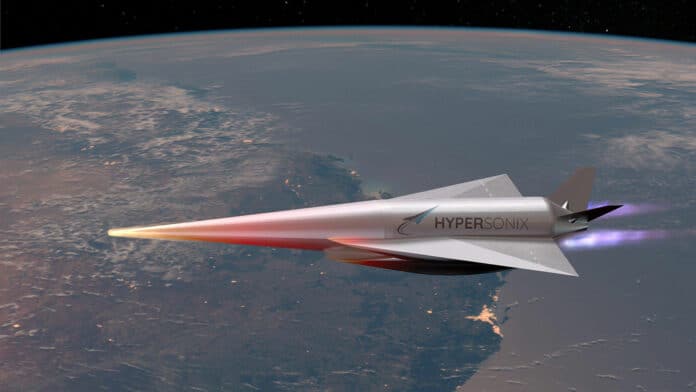Suborbital launch vehicles are revolutionizing the field of space exploration, breaking new ground in what was once considered unachievable. One of the leading players in this domain is Rocket Lab, which is not only aiming for the stars but also doing so with unparalleled speed.
Last week, the company announced that it has signed a launch services agreement with the U.S. Department of Defense’s Defense Innovation Unit (DIU) for a HASTE (Hypersonic Accelerator Suborbital Test Electron) mission from Rocket Lab Launch Complex 2 in Virginia.
The HASTE mission will deploy a suborbital payload by Australian company Hypersonix called DART AE. The payload is a scramjet-powered hypersonic vehicle that has the capability to fly non-ballistic flight patterns at speeds of up to Mach 7 (approximately 8,350 km/h or 5,320 mph).
The mission is scheduled to launch from Rocket Lab’s dedicated launch site at the Virginia Spaceport Authority’s Mid-Atlantic Regional Spaceport on Wallops Island as early as the first quarter of 2025.
Rocket Lab’s upcoming HyCat (hypersonic and high-cadence testing) mission will demonstrate HASTE’s “direct inject” capability by deploying the Hypersonix payload during ascent while still within Earth’s atmosphere.
Rocket Lab’s HASTE suborbital launch vehicle is a modified version of the Company’s Electron rocket designed to support hypersonic payload deployment. Rocket Lab’s low-cost Electron is already the world’s most frequently launched commercial small launch vehicle, according to the company. By leveraging this heritage of Electron, HASTE offers true commercial testing capability at a fraction of the cost of current full-scale tests.
HASTE, comprised of the same carbon composite structure and 3D-printed Rutherford engines as the Electron rocket, boasts a modified third stage that enables it to perform hypersonic suborbital payload deployment. The third stage of HASTE can be controlled to give it flight trajectories and payload release conditions that can be adjusted in accordance with the individual needs of client missions.
Moreover, the suborbital launch vehicle has an increased payload capacity, with the launch system capable of hauling up to 1540 pounds (700 kilograms) into orbit. Rocket Lab also stated that it can be customized to lift more substantial payloads to space.
HASTE, operating under Rocket Lab National Security (RLNS), a Rocket Lab subsidiary created to serve the U.S. defense and intelligence community, can carry air-breathing, ballistic re-entry, boost-glide, and space-based applications payloads.
The latest HASTE mission is the seventh suborbital launch contract that Rocket Lab has been awarded this year. It includes the first HASTE mission launched on June 17, 2023, for Leidos under the Multi-Service Advanced Capability Hypersonic Test Bed (MACH-TB) program. Leidos has since signed on for four more HASTE missions to be launched in 2024 and 2025. Another HASTE launch contract was also announced in August 2023 for a confidential customer.
